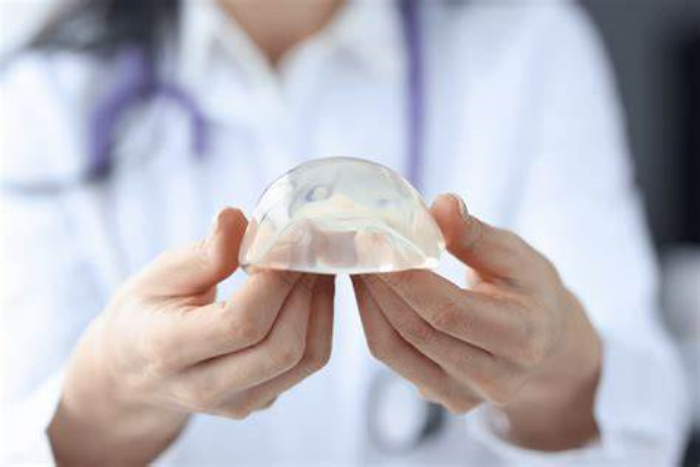Breast implant removal surgery is often considered when patients experience complications, desire a change, or face issues related to the implants. However, the process of safely removing breast implants and ensuring that reimplantation is possible later is fraught with challenges. These complications include infection, tissue damage, contamination of the implant pocket, and difficulties with wound healing, as explained by Dr. Ho Cao Vu, a renowned expert in the field.
Key Considerations in Breast Implant Removal
1. Infection Risk and Abscess Formation
One of the primary concerns during breast implant removal is infection. The presence of implants can introduce foreign material into the body, increasing the potential for bacterial contamination. Infections can manifest as abscesses and often require extended treatment with high-dose antibiotics. While antibiotics may relieve symptoms like pain and inflammation, improper management can lead to persistent subclinical infections, which can go unnoticed and continue to damage surrounding tissues.
The formation of infected fluids, such as coagulated blood, and the accumulation of adhesive pseudomembranes (a type of scar tissue) within the implant pocket can significantly complicate the removal process. If not addressed, these complications can prevent the possibility of safe reimplantation, as the pocket will be compromised, and the healing environment becomes unfavorable for the insertion of new implants.
2. Pocket Contamination and Secondary Surgery
In cases of severe contamination, a secondary surgical procedure may be required to clean and stabilize the area. This process involves debriding the implant pocket, which means removing any infected tissue, collecting fluid samples for antibiotic sensitivity testing, and irrigating the area with saline or other solutions to ensure thorough cleaning. Additionally, inserting drainage systems can help monitor and control any fluid accumulation, ensuring the wound remains free from infection.
The aim of this secondary procedure is to stabilize the implant pocket and prepare it for possible reimplantation. However, in many cases, such extensive procedures can make reimplantation difficult or even infeasible if not properly managed.
3. Capsular Contracture and Other Implant-Related Complications
Capsular contracture occurs when the scar tissue (capsule) around the implant tightens excessively, which can distort the shape of the breast and cause discomfort. This can complicate both the removal of the implant and the preparation of the breast pocket for a new implant. If the capsule is difficult to remove or causes significant distortion, it may affect the ability to properly place a new implant.
Other complications, such as ruptured implants, also pose challenges. If an implant ruptures during removal, it may release silicone or saline into the surrounding tissue, complicating the removal process. Textured implants can cause more issues than smooth implants due to the way they adhere to surrounding tissues, requiring specific techniques to ensure safe removal and proper healing of the implant pocket.
4. Tissue Damage and Residual Gel
Residual silicone gel, especially in the case of ruptured silicone implants, can remain within the breast tissue after implant removal. This gel can cause inflammation and may require additional surgical procedures to remove. Improper or excessive tissue excision during removal can also cause damage to the natural tissue, making it more difficult to prepare a clean, healthy pocket for future implants.
Additionally, if the implant pocket is improperly maintained during removal, scar tissue can form in ways that hinder the placement of new implants. These complications can result in the need for multiple surgeries and extended recovery times.
One of the critical factors that can prevent successful reimplantation is internal inflammation that persists after the implants are removed. If inflammation is not adequately treated, it can hinder the healing process, causing delayed or incomplete wound healing. This can make it difficult for the body to support new implants and may lead to complications such as infection or improper pocket formation.
For patients with open wounds after implant removal, improper care can result in contamination from external sources, such as bacteria, which can exacerbate inflammation and delay recovery. Prolonged inflammation not only impedes the healing process but can also affect the patient’s overall health and immune system, making future surgeries riskier.
The removal of breast implants is not always a simple procedure, and several complications can arise that prevent the possibility of safe reimplantation. Infection, tissue damage, capsular contracture, and persistent internal inflammation are just a few of the challenges that can complicate the process. In some cases, secondary surgeries and careful management of the implant pocket are required to ensure the area is clean, stable, and suitable for future implant placement.
Proper post-operative care, early intervention for complications, and comprehensive planning are essential for patients considering implant removal with the option of reimplantation in the future.


